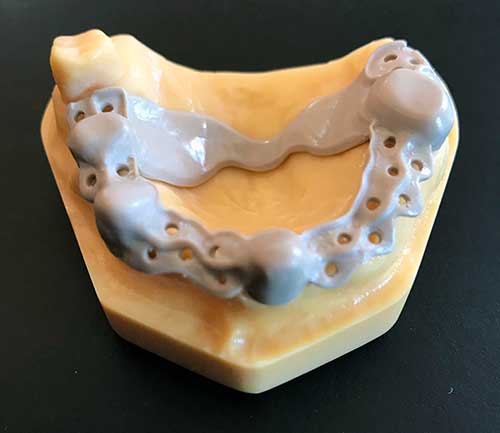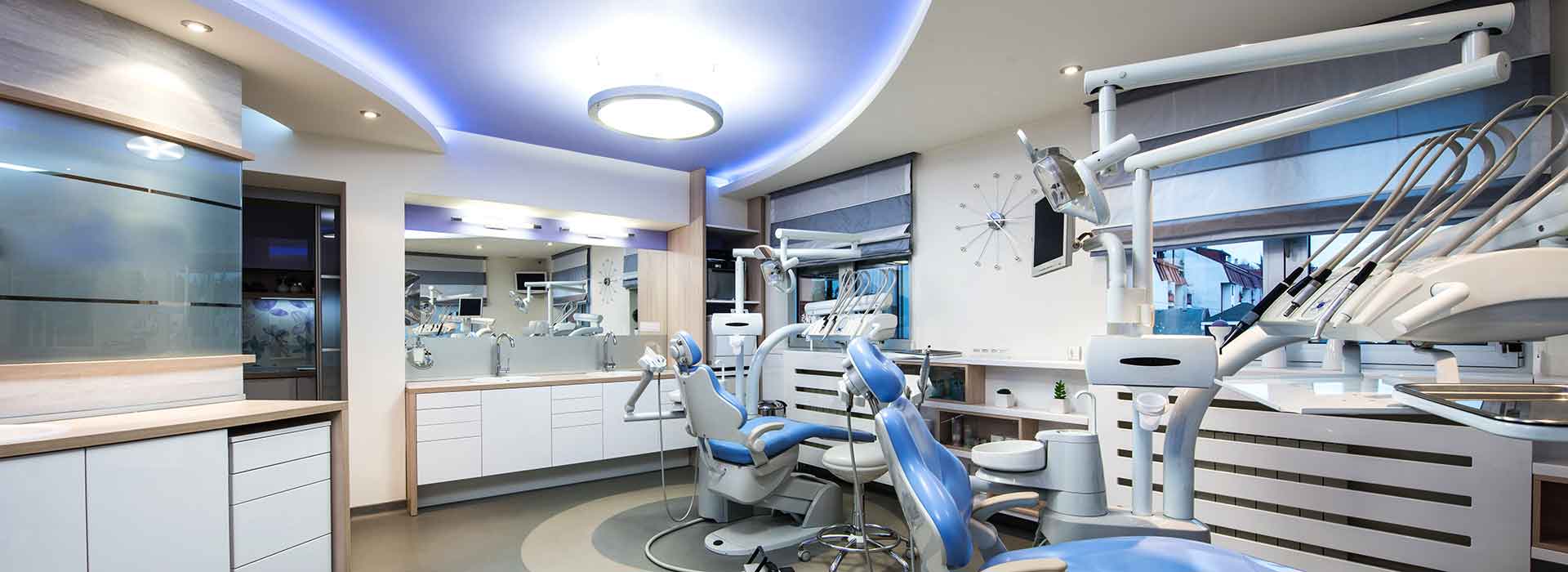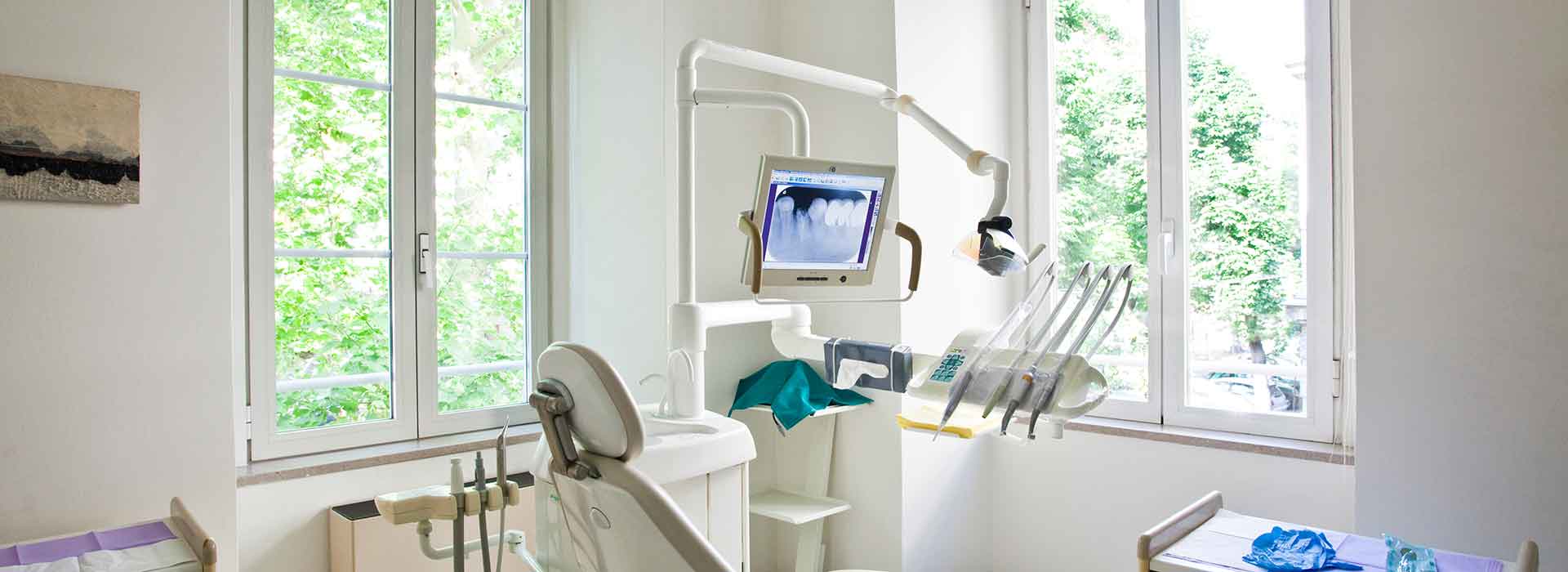PEEK is proven effective in many medical applications, including implantable applications, and it, along with PAEK, possess excellent potential for use in dental components and devices. PEEK and PAEK’s emerging popularity in dentistry is, in part, due to better design and manufacturing technologies. In particular, CAD/CAM technology allows for extremely intricate device design, which allows for an excellent patient fit. This is critical for dentistry, where the device’s fit is essential.
PEEK and PAEK can be used to create various dental components, such as removal partial dentures, and they can be used in implants. PEEK and PAEK are especially versatile, as it can be used inside the jaw or with visible appliances. In both applications, these polymers have advantages over other materials.
Why Dental Polymers are Replacing Alternative Materials
There are unique concerns associated with dental procedures. For one, aesthetics is a major concern among patients and, by extension, their dentists. Two, dental devices and components must offer a comfortable fit, as they are engaged every time the patient chews, swallows or talks. Here’s how PEEK and PAEK perform:
1. Superior aesthetics – Dental polymers like PEEK and PAEK can be color-matched to neighboring tissues so they produce a seamless aesthetic fit. Compare this to metal appliances, which are nearly impossible to hide when a patient’s mouth is open. Not only can PEEK and PAEK be colored to look like natural dental tissues, but they can be matched to the particular patient, so they get a custom aesthetic fit that makes for an invisible appliance. PEEK and PAEK can also be precisely shaped during machining, which ensures their appearance blends in with the patient’s other teeth.
2. Superior comfort – If aesthetics is a patient’s primary concern, then comfort is a close second. Dental devices like dentures must be fitted to the patient properly or they may come loose or be a nuisance to the patient. PEEK and PAEK, though, can be manufactured using images of the patient’s mouth and bite as reference. This helps ensure a good fit, so the patient may forget the device is even there.
An important, but occasionally overlooked part of comfort is taste. Some biomaterials (metal in particular) affect how the patient tastes food or may leave an undesirable taste in the patient’s mouth. This can be distressing, but it’s not a problem with PEEK and PAEK. Both polymers are tasteless and will not interfere with eating, so patients retain their ability to enjoy food.
3. Bone-like modulus – PEEK’s success in medicine has a lot to do with its flexural modulus, which is similar to native cortical bone. Though this trait isn’t relevant to dental devices like dentures, it is a valuable trait to have in a dental implant, where the polymer will be implanted directly into the jaw. PEEK handles weight and flexes like bone, making it the perfect substitute for bone when osseointegration is desired. Because it bears weight like bone, PEEK will not shield neighboring bone from weight stress. This protects native bone from mineral and integrity loss.
It’s also helpful for dental practitioners to know how the implant will settle and move once it is placed. PEEK’s favorable modulus is another advantage in this regard.
4. Radiolucent – PEEK and PAEK are radiolucent, which means the materials are transparent on X-rays, CTs and MRI scans, so they will not interfere with medical imaging. These polymers’ radiolucency and non opacity advantage isn’t important for most dental appliances, but it is important for dental implants. An important part of the implant process is watching how the implant interacts with the body following placement. If there are any emerging complications, they will be easier to spot with a PEEK implant.
PEEK’s imaging opacity can be altered if necessary, with the addition of barium sulfate.
5. Biocompatibility – PEEK’s biocompatibility has already been proven through extensive testing. It has been in use as a spinal implant dating back to the early 1990s. PEEK and PAEK have been proven to be safe to use within the human body. PEEK and PAEK have undergone the most rigorous biocompatibility testing to demonstrate their safety.
PEEK possesses no demonstrable risk for cytotoxicity, genotoxicity or immunogenic behavior. That means PEEK is not toxic to the body’s cells, it is not toxic to the genetic material inside those cells and it will not generate a response from the immune system.
According to the American Academy of Implant Dentistry, about 500,000 dental implants are placed every year. A growing number of those implants are made from dental polymers like PEEK and PAEK. With their noted advantages in comfort and aesthetics, and their versatility inside and outside the body, high performance polymers are a compelling option for many dental devices.



